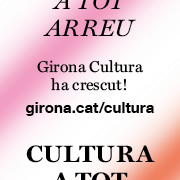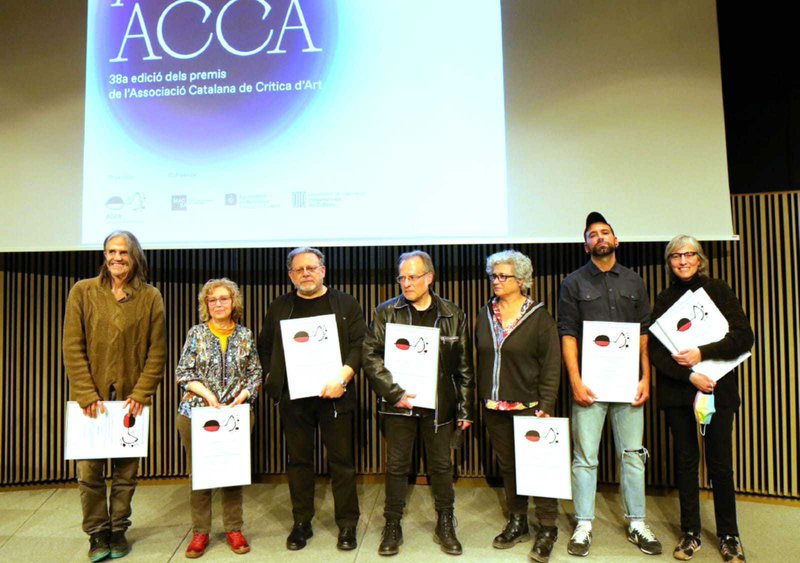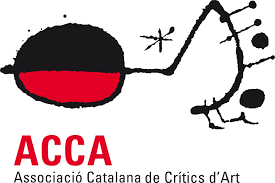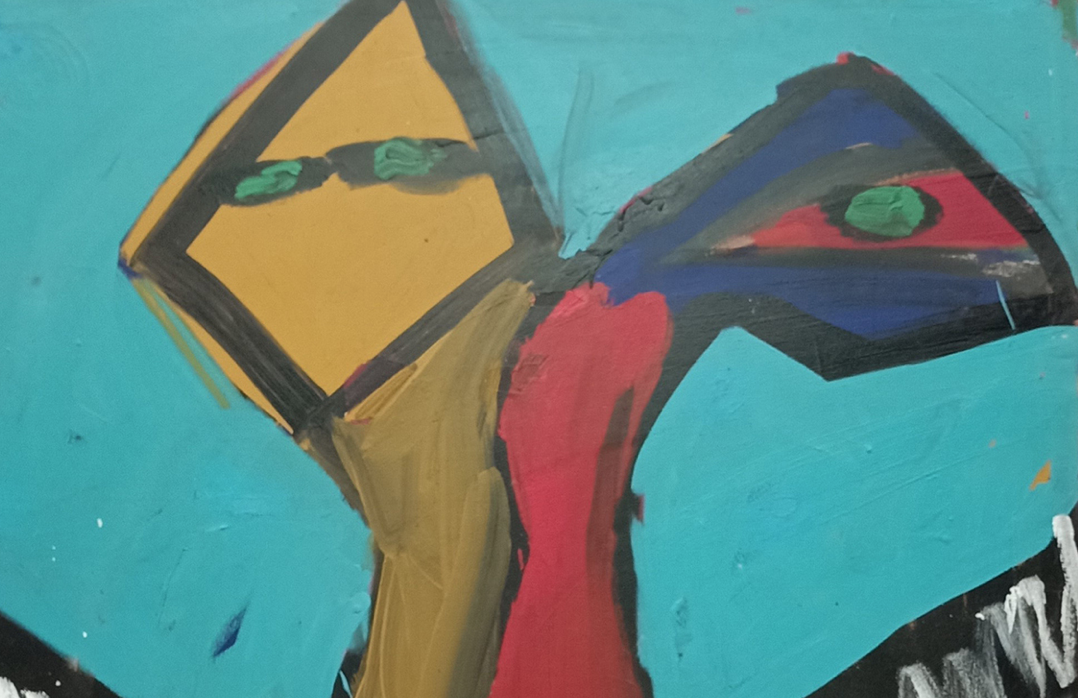Exhibitions
Tecla Sala Art Center presents "Rubén Verdú. Afeli's lunches"

The Tecla Sala Art Center presents the Rubén Verdú exhibition from 31 March to 7 July. Afidi noon, curated by Oriol Fontdevila. The project takes as its starting point the notion of aphelion to question the role of light and the logic of the gaze in the construction of knowledge.
The Sun will explode in 4.5 billion years. And with it, the solar system, including planet Earth. We humans have been planning a getaway for a few millennia. We began this journey by adopting the bipedal position. We got up and gradually separated ourselves from the surface of the Earth. First with the body, then with the buildings and finally with the aircraft. Between the child learning to get up, the towering watchtower and the rocket taking off, a single project unfolds: the scrutinizing activity of the eye, which drives us to gain perspective and thus anticipate. the threats. Afeli is the culmination of this journey. At the same time it is the paradox. Apheli is so far from the Sun that the light from this star is considerably weakened.
Afeli confronts us with the contradiction of having adopted light as a means of moving to a place where the Sun can no longer be differentiated from the radiation of any other star. If there is noon in Afeli, it is because humans bring our light there. In Afeli's gaze I would not see it if it were not for the fact that we move with this medium — the light — in which we place a blind trust. We humans spread the need for light to the ends of the universe. The images that come to us from space expeditions involve having embodied light, even having learned to regenerate it in an environment where it is a scarce commodity. However, at this point, it is completely illogical to continue accepting light as a vehicle of objective knowledge: the threat of apocalypse that intimidates humans - and that propels space shuttles - is entirely mediated by light.
"Aphelis are fictional scenes; more accurately, they are science fiction scenes. They are the result of centrifugal processes that take them away from their origin, from their initial reference. They have lost touch with them. Their telos are therefore paraded. Dissolved, unknown, we could say that the aphelions mark the limit and the final boundary of the photographic space.In this context, the fiction faces the challenge of having to formulate which scenario of stunning and surprise. it comes from this perpetually lost end, from this impossible tomorrow.At this point we must say that the universe is a total aphelion, that that indecipherable multitude of bright dots are a sure sign that, in the end, the light is also a scarce commodity and surrounded by the absolute nothingness ", explains Rubèn Verdú








